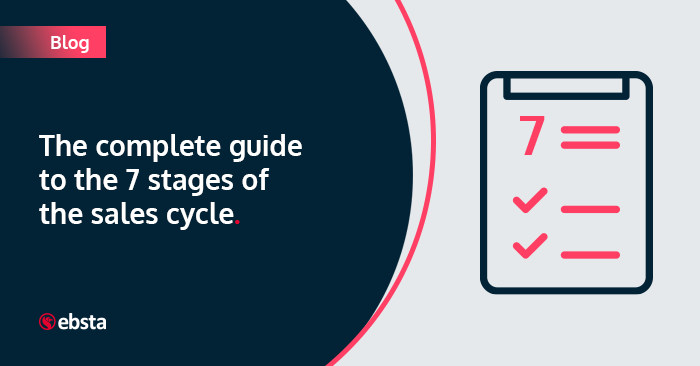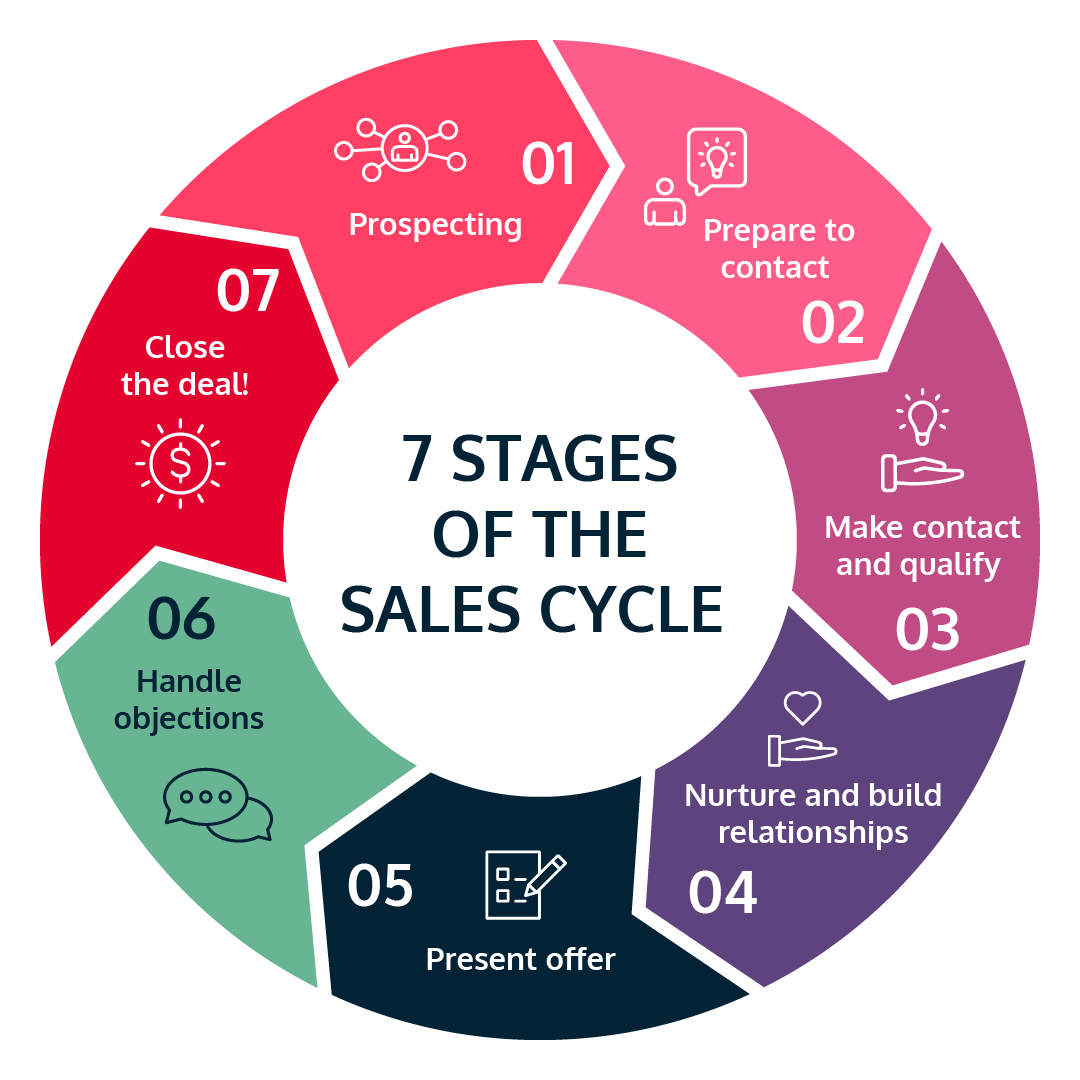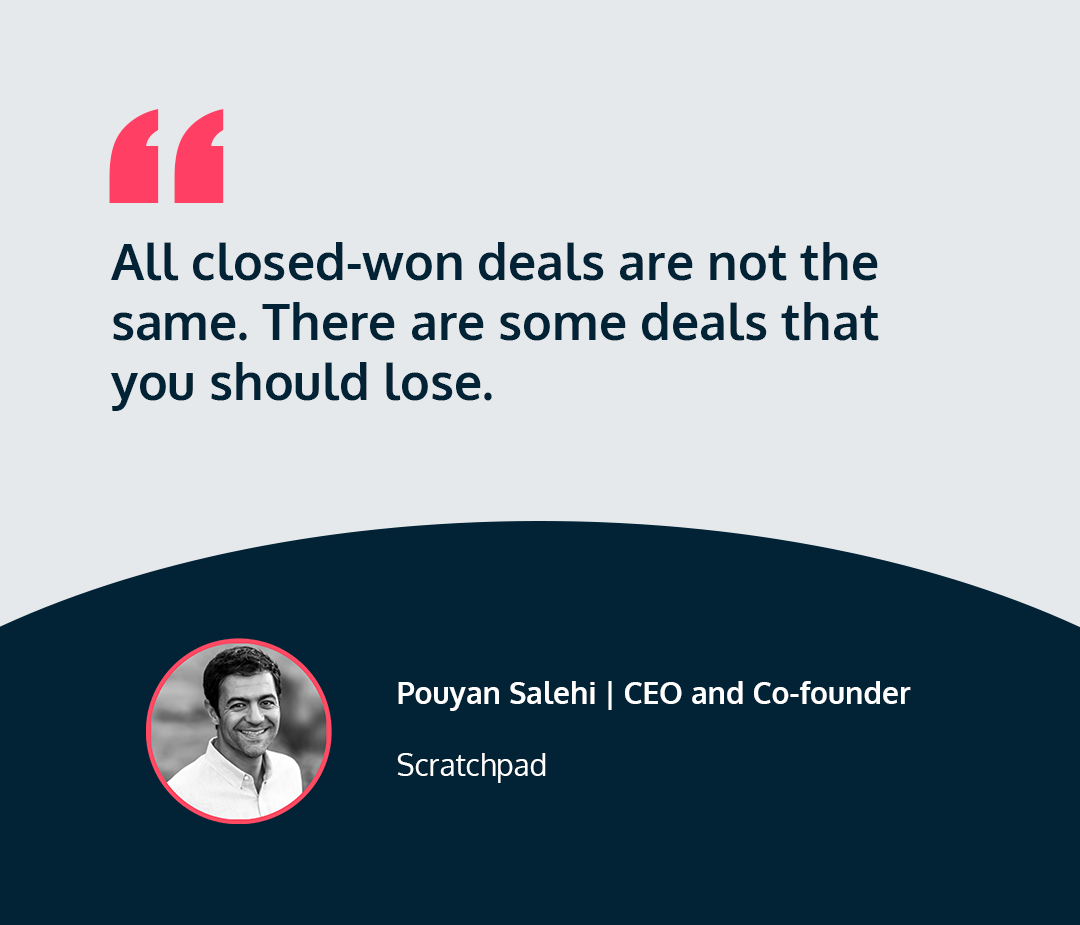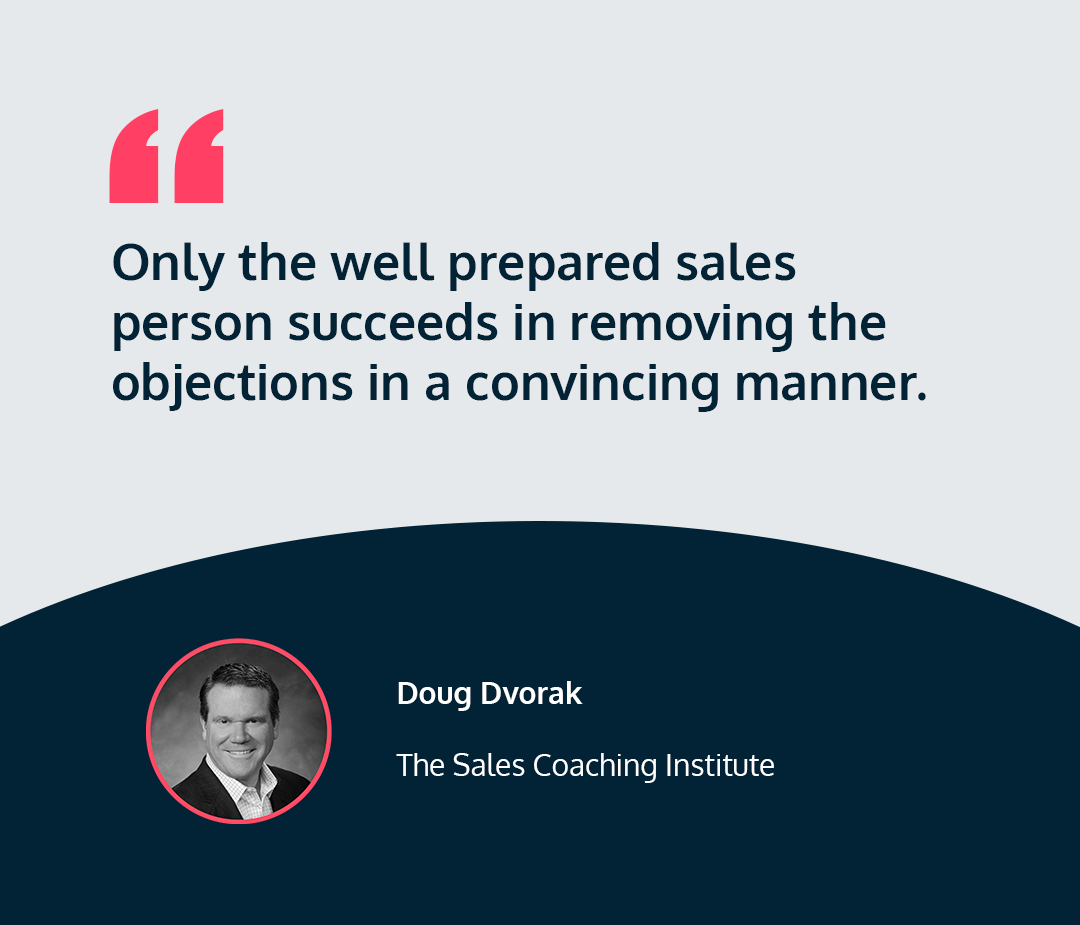Share this article
Learn from the brightest minds how to predictably and efficiently grow revenue.
Related Content
5 Ways to Use the Ebsta Integration With HubSpot to Improve Sales Performance
How to improve adoption of HubSpot with Ebsta
B2B Sales Benchmarks: 2023 H1 Update
The latest update from the 2023 B2B Sales Benchmarks analysis of over $37bn in pipeline.
How to improve AE quota attainment (according to data)
23% of reps are contributing 83% of revenue. Here's how to solve it (with data)

The complete guide to the 7 stages of the sales cycle
What is a sales cycle?
A sales cycle describes the end-to-end sales journey from finding a lead all the way to when they turn into a customer.
It acts as a roadmap for salespeople so they can easily track opportunities from start to finish.
Sales cycles can be different for every business as each business has different requirements.
Why do you need to create stages?
It provides a framework for your sales reps so they know exactly what needs to be done to get a deal over the line.
Salespeople are often juggling a lot of prospects at the same time and the last thing you want is one of these deals slipping through the cracks.
It allows both sales reps and managers to understand:
- What stage a prospect is in the sales cycle
- How long they are taking in each stage
- Progression through each stage
You can then benchmark the average length of each stage and identify if a deal is at risk.
Now you are able to find ways to progress each stage further and accelerate deals to a close.
This increased pipeline visibility results in marginal gains!
These are small incremental improvements over time that compound, resulting in bigger and better results.
What are the 7 stages of the sales cycle?


Prospecting – finding potential customers to buy your product or service.
Here are a few ways to generate prospects:
- Networking (in-person) – You can find out a lot about a prospect simply by talking to them and can quickly determine if someone fits your ICP.
- Cold Outreach – Cold outreach activities like cold calling or cold emailing can be effective for contacting prospects you don’t know. You can also leverage social media or communities to reach out to people who may seem like a good fit.
- Social Selling – This is where salespeople use social media to research, provide value and connect with their ICP. The goal is to establish enough rapport to engage the prospect outside of social media.
- Advertising – Unlike networking, cold outreach, or social selling, this method prompts a large number of targeted prospects to contact you or your business.
- Events & Trade Shows – Events and trade shows are great for prospecting because your target audience is in one place, ideally to learn more about a topic closely related to your product or service. You can be a sponsor or just an attendee to make as many new valuable contacts as possible.

Prepare to contact
This stage is what can set you apart from your competition.
72% of customers will only engage with personalized messaging – SmarterHQ
Personalization makes a difference!
And it is the key to preparing to contact a prospect as it increases the likelihood of the prospect engaging.
Well, how do you personalize?
With Ebsta, this does not need to be a time-intensive task. Automate your outreach to nurture closer relationships with personalized messaging.

Make contact and qualify
Qualifying prospects is all about finding prospects who are the right fit for what you are selling.
You will be sorting hot leads from the cold ones.
This step is important because it saves time for your sales reps.
Rather than targeting people who are not interested in your product or might be a wrong fit for your business, salespeople can focus on deals that are more likely to close.

Learn why on the Revenue Insights Podcast
But how do you differentiate a hot lead from a cold one?
We’ve come up with every question you should be asking yourself and your prospect using the 8 criteria of the MEDDPICC framework so you can qualify the right leads.

Nurture and build relationships
Building relationships will be your secret sales weapon.
Why?
- 4-6 relationships led to a 19% increase in win rates compared to those with just 1-3
- Nurture 7-9 relationships and the win rates improved further – 14% more than those with just 4-6
- Opportunities with a strong ensemble 7-9 relationships took 58% less time to close compared to 2020
- Unlock our B2B Sales Benchmarks Report to uncover more insights.
There is no longer one decision-maker.
Finding all the relevant stakeholders, nurturing them, and getting them on board is the key to pushing deals forward.
Reach every touchpoint within a business and be more efficient with your time and resources with these 5 easy steps to leverage relationships to win more deals!

Present offer
Now, the moment of truth.
This is a stage where you could make or break your deal.
Your proposal should lay out what will be offered, at what price, and for how long.
When executed properly, proposals not only help close the deal but also make the sale larger than it otherwise would have been.
There are a number of things you should do to maximize your chances that the lead will say, “Where do I sign?” instead of, “Eh, I need to think about it”.
In the upcoming weeks, we will be releasing a series of blogs on proven ways to improve your sales process to overcome these problems.
Subscribe to our newsletter to ensure you never miss a blog!

Handle objections

If you have really taken your time to qualify and build relationships with your prospects, you should be able to predict their objections.
Now, you are one step ahead of your prospect and can prepare for any objections that may come your way.
Here are some examples of generic objections and responses:
Objection: We do not have the time or resources to implement your product.
Response: Actually, our product is plug and play so it will not require your time or resources to get up and running. In fact, you could potentially save up to 5 hours of admin time once you are set up with us.
Objection: Unfortunately, we do not have the budget to invest in your product.
Response: The cost of our product is $25000 less than what you are currently spending for the same service.

Close deal
Last but not least, you need to close the deal.
Before any deal is closed, you need to ensure that you have overcome any technical hurdles such as security or legal checks.
This stage ends in one of two ways: the prospect becomes a customer, or the prospect makes the decision to hold off for one reason or another.
Now, you want to hand it over to your customer success team to ensure they have a smooth onboarding or training process depending on your product or service.
Having clearly defined sales cycle stages has benefits that can be reaped company-wide.
It increases pipeline visibility so sales reps can accelerate deals through their pipeline and managers can stay on top of how things are progressing allowing them to provide feedback to their reps in real-time.


